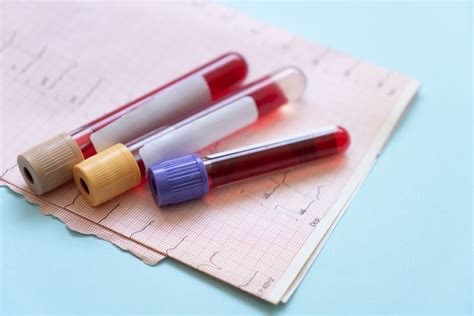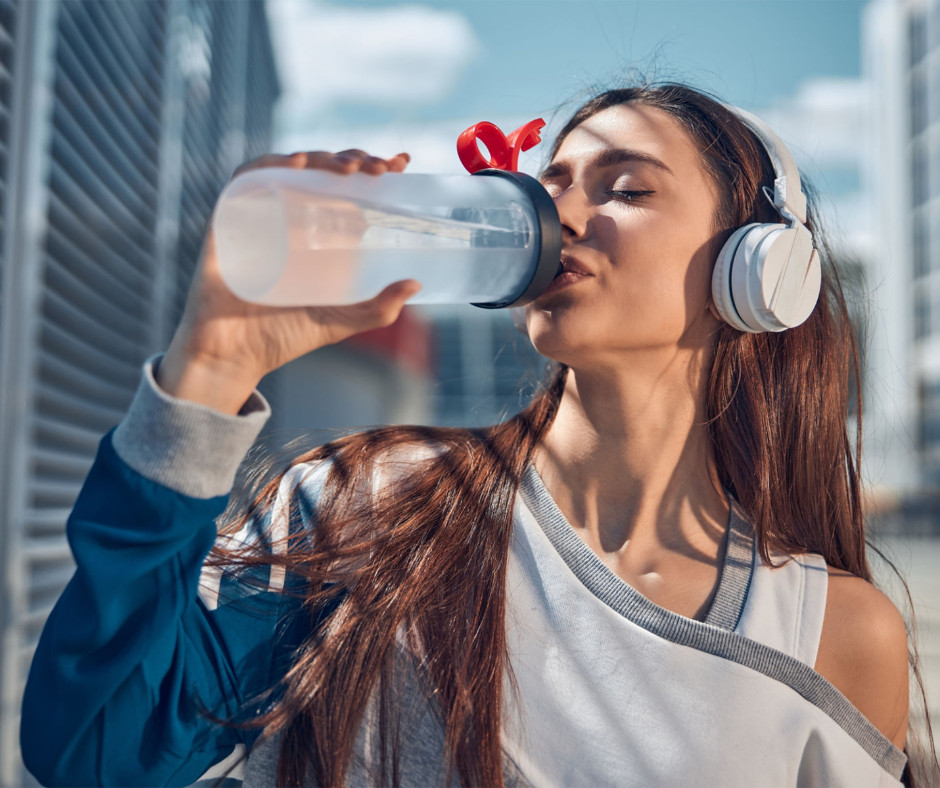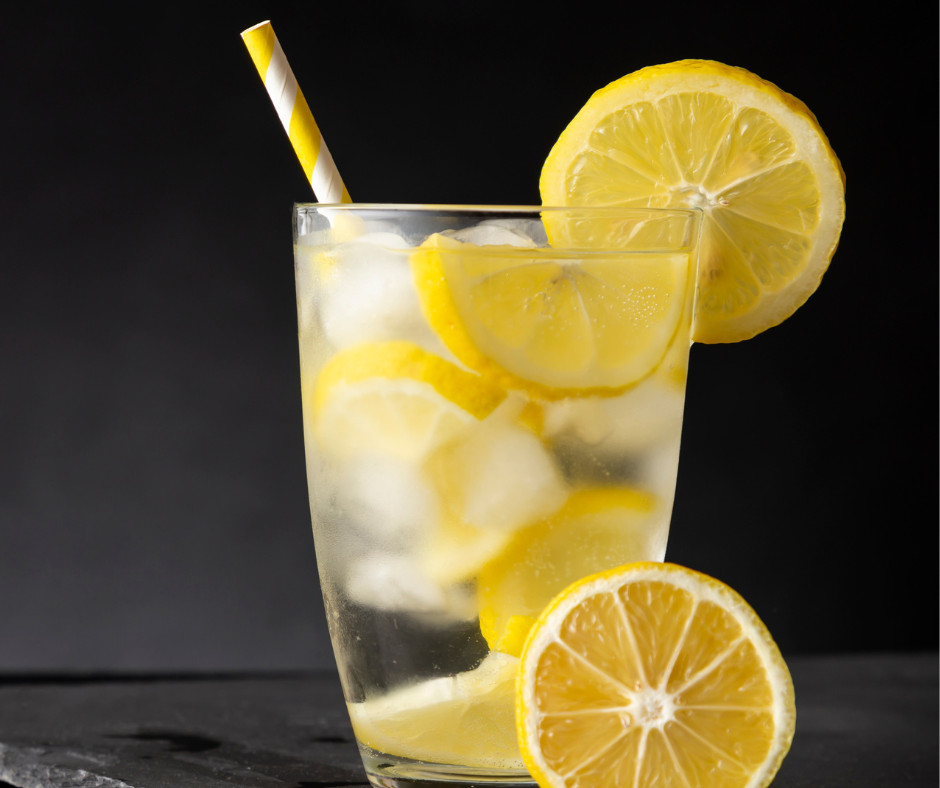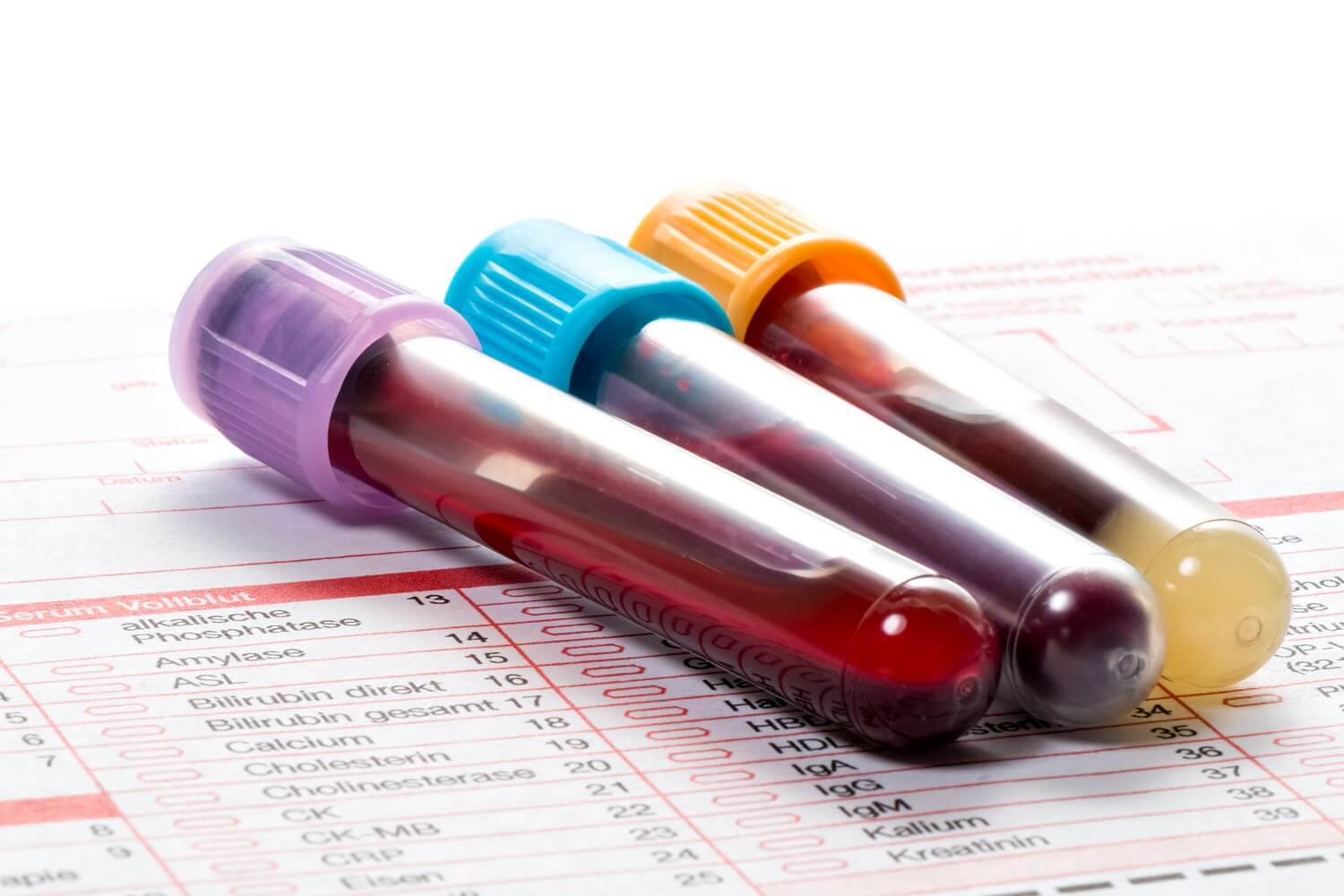
The Importance of Testing for Coronary Heart Disease
Heart disease is the leading cause of death in the U.S. for both men and women over the age of 40. Coronary heart disease (CHD), a common type of heart disease, is caused by atherosclerosis or hardening and narrowing of the arteries. CHD can lead to serious consequences such as heart attacks and strokes if not diagnosed and treated early enough. Thus, it is crucial to test for CHD regularly to prevent its onset or manage its progression. In this post, we’ll cover the various tests available for CHD and why they matter.
Blood Tests: Your blood lipid profile can help assess your risk for CHD. High levels of total cholesterol, low-density lipoprotein (LDL) cholesterol, and triglycerides combined with low high-density lipoprotein (HDL) cholesterol levels can increase your risk for CHD. You may also test for inflammation markers such as C-reactive protein (CRP) that can indicate the presence of atherosclerotic plaques in your arteries.
Electrocardiogram (ECG): An ECG can detect abnormal heart rhythms or electrical activity that may indicate prior heart damage from a heart attack. An exercise stress test (ETT) can show how well your heart functions under physical exertion.
Echocardiogram: An ultrasound of your heart can check if the heart valves, chambers, and walls are functioning properly and whether the heart muscle is sufficiently supplied with blood.
Coronary Angiography: A catheter is inserted into an artery in your groin or wrist, and dye is injected to show any blockages in your coronary arteries that supply blood and oxygen to the heart muscle. This method is also known as cardiac catheterization.
Cardiac Calcium Scoring: Uses a computed tomography (CT) scan to measure the amount of calcium deposits in the coronary arteries. A high score can indicate the presence of atherosclerotic plaques, even when the arteries are not completely blocked.
Testing for CHD is a crucial part of managing your cardiovascular health. Through various methods such as blood tests, ECG, echocardiogram, coronary angiography, and cardiac calcium scoring, you can identify your risk factors for CHD, detect early signs of heart damage, and optimize your lifestyle and medical interventions to prevent CHD complications. If you are over 40, it’d be worthwhile consulting with your healthcare provider and exploring the best tests for your CHD risk stratification. Remember, CHD is preventable and manageable when detected early and treated with prompt and holistic care.
Here’s the link to what I use to support my cardiovascular system.
Get my free guide “Anti _Inflammatory Guide - foods to avoid, foods to enjoy!”
Ask me about the 11 day jumpstart to lose 7-15 lbs and reduce inflammation.
Disclaimer: The information in this article is for educational purposes only and should not be considered medical advice. Please consult with a healthcare professional before making any changes to your diet or lifestyle.
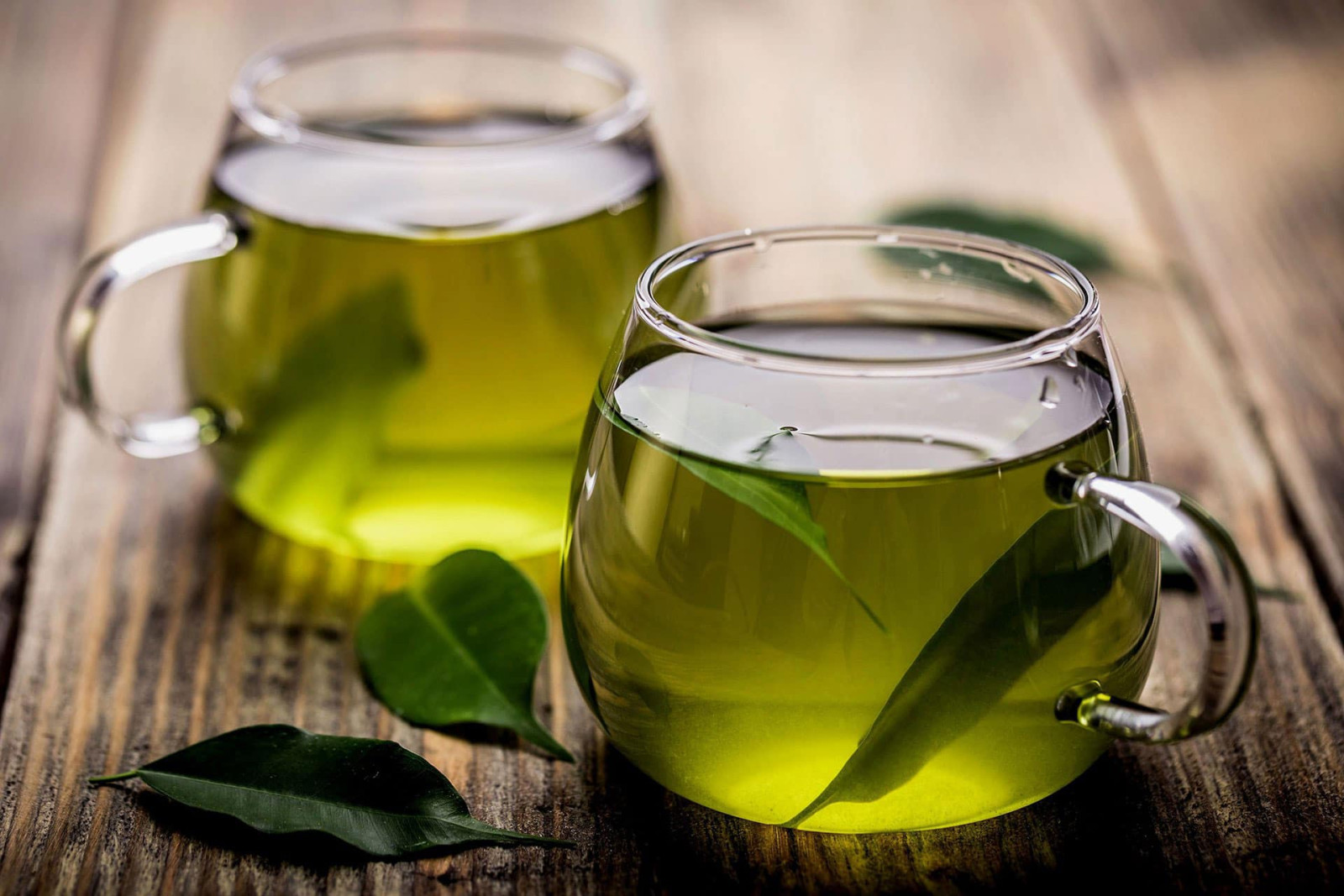
The Holistic Approach to Lowering Cholesterol with the Best Drink
When it comes to our health, we often think of pills and medications as the cure-all. However, did you know that the answer to lowering cholesterol might be found in a simple drink? Yes, you read that right! There is a drink that can help you improve your cholesterol levels and it's not some fancy, expensive supplement. In this blog post, we'll go over the best drink to lower cholesterol. But, we'll take it one step further and explore the holistic approach to improving cholesterol levels.
Before we dive into the drink that can help lower cholesterol, let's first talk about what cholesterol is and why it's important to keep it under control. Cholesterol is a waxy substance that our bodies need to function properly. However, too much of it can be harmful and lead to a buildup in our arteries, which can cause heart disease and other health problems.
One of the best drinks to lower cholesterol is green tea. Green tea is packed with antioxidants that can help reduce bad cholesterol (LDL) levels in the blood. In fact, studies have shown that drinking green tea on a regular basis can lower the risk of heart disease and stroke. One cup of green tea a day can make a difference in improving your cholesterol levels.
Another drink that can help lower cholesterol is grape juice. Grape juice is rich in polyphenols, which are antioxidants that can help protect your heart. Studies have shown that drinking grape juice can lower LDL cholesterol levels and reduce inflammation in the body. So, add a glass of grape juice to your diet and watch your cholesterol levels improve.
Not just any kind of alcohol can help lower cholesterol, but red wine can. Red wine is rich in antioxidants known as flavonoids. Flavonoids can help prevent the buildup of LDL cholesterol in the arteries and improve blood flow in the body. However, it's important to drink red wine in moderation. Too much alcohol can lead to other health problems.
While these drinks can help lower your cholesterol levels, it's important to note that a holistic approach to health is the key to improving your cholesterol levels. This includes eating a healthy diet and incorporating physical activity into your daily routine. Some food examples of a heart-healthy diet include whole grains, fruits and vegetables, lean protein, and healthy fats such as avocados and nuts.
In conclusion, the best drink to lower cholesterol can be found in simple drinks like green tea, grape juice, and red wine. However, it's important to keep in mind that a holistic approach to health is the key to improving cholesterol levels. This means making healthy choices in all aspects of our lives, including our diet, physical activity, and stress management. So, let's raise a glass to a healthy heart and a holistic approach to health!
Here’s the link to what I use to support my cardiovascular system.
Get my free guide “Anti _Inflammatory Guide - foods to avoid, foods to enjoy!”
Ask me about the 11 day jumpstart to lose 7-15 lbs and reduce inflammation.
Disclaimer: The information in this article is for educational purposes only and should not be considered medical advice. Please consult with a healthcare professional before making any changes to your diet or lifestyle.
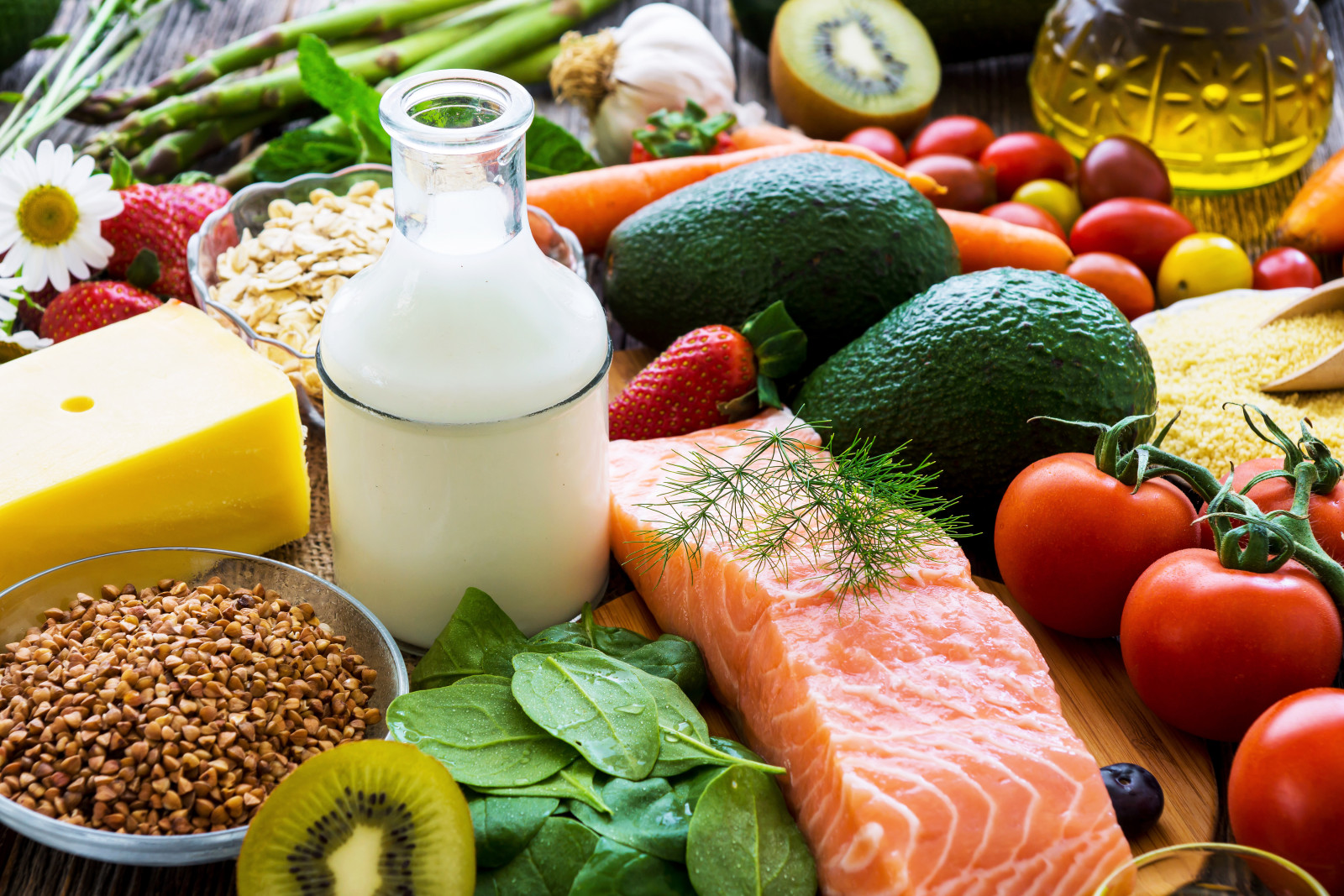
Natural Remedies to Lower High Blood Pressure Quickly
High blood pressure, also known as hypertension, affects millions of people worldwide. It is a major risk factor for heart disease, stroke, kidney disease, and other health problems. If left uncontrolled, high blood pressure can lead to serious complications that can be life-threatening. The good news is that there are natural remedies that can help to lower high blood pressure quickly, without resorting to medication. Here, we’ll explore some of the best natural remedies to help you manage your hypertension.
Eat a Healthy Diet: One of the most effective ways to lower your blood pressure naturally is to take a good look at your diet. A diet that is high in salt, sugar, and unhealthy fats can lead to hypertension. Instead, focus on eating a diet that is rich in fruits, vegetables, whole grains, lean protein, and low-fat dairy products. These foods are rich in nutrients and antioxidants that can help to reduce blood pressure.
Exercise Regularly: Regular exercise can help to lower blood pressure in many ways. Exercise helps to strengthen the heart and improve circulation, reducing the workload on your heart. It can also help to reduce stress levels, which can be a contributing factor to high blood pressure. Aim for at least 30 minutes of moderate exercise per day, such as brisk walking, cycling, or swimming.
Improve Your Sleep: Poor sleep can have a significant impact on blood pressure levels. Lack of sleep can increase stress hormones in the body, which can cause an increase in blood pressure. Make sure you are getting enough sleep each night, and try to establish a regular sleep schedule. Avoid caffeine, nicotine, and alcohol before bedtime, and create a calm, relaxing sleep environment.
Reduce Stress: Stress is a major contributing factor to hypertension. When you are stressed, your body produces more stress hormones, which can cause your blood pressure to rise. To reduce stress, try practicing relaxation techniques such as meditation, deep breathing, or yoga. You can also try engaging in activities that you enjoy, such as reading, listening to music, or spending time with friends and family.
Consider Natural Supplements: Certain natural supplements have been shown to be effective in helping to lower high blood pressure. These include omega-3 fatty acids, magnesium, and garlic. Omega-3 fatty acids are found in fatty fish such as salmon, and can also be taken as a supplement. Magnesium can be found in leafy green vegetables, nuts, and fish. Garlic supplements can help to improve circulation and reduce blood pressure.
High blood pressure is a serious health condition that should not be ignored. By making simple lifestyle changes such as eating a healthy diet, exercising regularly, and reducing stress, you can lower your blood pressure naturally and improve your overall health. Additionally, incorporating natural supplements such as omega-3 fatty acids, magnesium, and garlic can also be beneficial. By taking these steps, you can reduce your risk of heart disease, stroke, and other complications associated with high blood pressure. Remember to always consult with your doctor before starting any new supplements or making significant changes to your diet or exercise routine.
Here are some ways I manage stress
You can monitor your blood pressure at home with a blood pressure monitor for home use.
Get my free guide “Anti _Inflammatory Guide - foods to avoid, foods to enjoy!”
Ask me about the 11 day jumpstart to lose 7-15 lbs and reduce inflammation.
#paidlinks
Disclaimer: The information in this article is for educational purposes only and should not be considered medical advice. Please consult with a healthcare professional before making any changes to your diet or lifestyle.
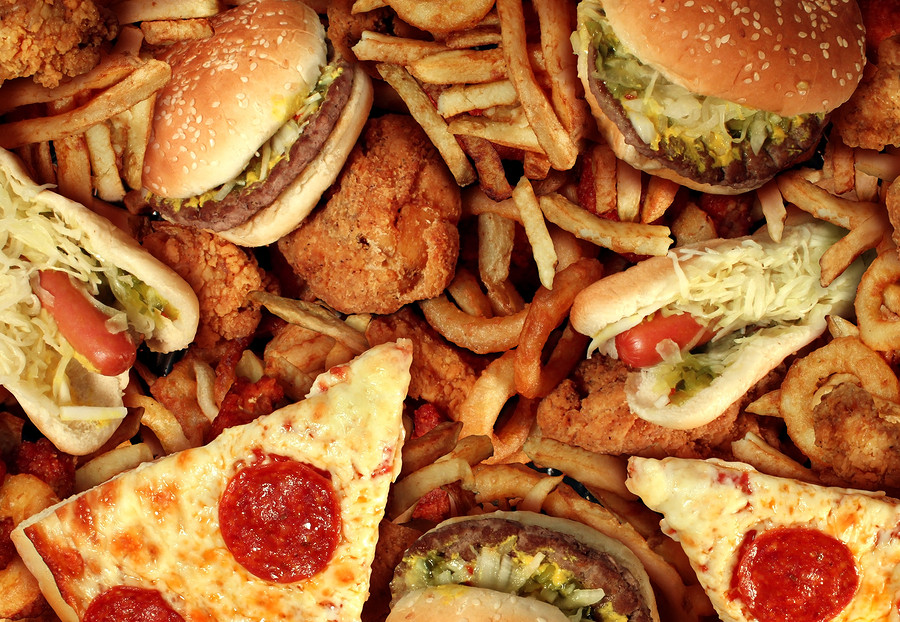
Understanding Coronary Heart Disease: Foods to Avoid to Keep Your Heart Healthy
When it comes to health, we all know the saying "prevention is better than cure." And nowhere is this more true than when it comes to your heart. Coronary heart disease, also known as CHD, is a serious condition that affects millions of people every year. It's a disease that can lead to heart attacks, heart failure, and even death. The good news is that there are steps you can take to prevent CHD and keep your heart healthy, and one of the most important is to pay close attention to what you eat. In this blog post, we'll discuss the foods that can cause CHD and why it's important to limit or avoid them.
Saturated and Trans Fats – Saturated fats and trans fats are considered to be the biggest dietary culprits when it comes to CHD. Saturated fats are typically found in butter, cream, cheese, fatty meats, and coconut oil. Trans fats are often found in fried foods, baked goods, and processed snacks. Both types of fats increase levels of LDL or “bad” cholesterol in your blood, which can lead to plaque buildup in your arteries and increase the risk of CHD. To keep your heart healthy, try to limit your intake of saturated and trans fats and choose healthier fats like olive oil, avocados, and nuts.
Salt – While we need some salt in our diets, too much can be harmful to our hearts. Sodium intake is strongly linked to high blood pressure, which is a risk factor for CHD. Salt is hidden in many packaged and processed foods and even some condiments like ketchup and salad dressing. To reduce your sodium intake, try to cook at home more often and limit your consumption of processed foods. Gradually reducing your salt intake by swapping out salt for other herbs and spices can help you to gradually adjust to lower levels.
Sugar – Consuming too much sugar in our diets is not only bad for our waistlines but also our heart health. Sugar-sweetened beverages like soda and iced tea are particularly harmful since they are linked to both increased weight gain and higher risk of CHD. In addition, consuming too much sugar can also cause inflammation, which is a significant risk factor for heart disease. Swap sugary drinks for water or unsweetened teas, and when you do need a sweet treat, reach for a piece of fruit or a small amount of dark chocolate.
Processed Foods – Processed foods are often high in saturated and trans fats, salt, and sugar, all of which can harm your heart health. Additionally, these foods are often low in essential nutrients like fiber, vitamins, and minerals. Choose fresh, whole foods as often as possible and watch out for hidden additives in your favorite snacks like energy or protein bars.
Red Meat – Eating too much red meat, particularly processed meat like bacon and sausage, is associated with an increased risk of CHD. Cut back on your consumption of red meat and reach for lean protein sources like chicken, turkey, and fish instead. When you do have red meat, choose quality, grass-fed or organic product; avoid processed meats at all costs.
In summary, the foods we eat play a critical role in our heart health and our risk of developing CHD. By limiting our intake of saturated and trans fats, salt, sugar, processed foods, and red meat, we can significantly reduce our risk factors for CHD and improve our overall health. So the next time you hit the grocery store, be conscious of the food choices you make and look for healthier options. Your heart will thank you for it in the long run!
Here’s the link to what I use to support my cardiovascular system.
Get my free guide “Anti _Inflammatory Guide - foods to avoid, foods to enjoy!”
Ask me about the 11 day jumpstart to lose 7-15 lbs and reduce inflammation.
Disclaimer: The information in this article is for educational purposes only and should not be considered medical advice. Please consult with a healthcare professional before making any changes to your diet or lifestyle.
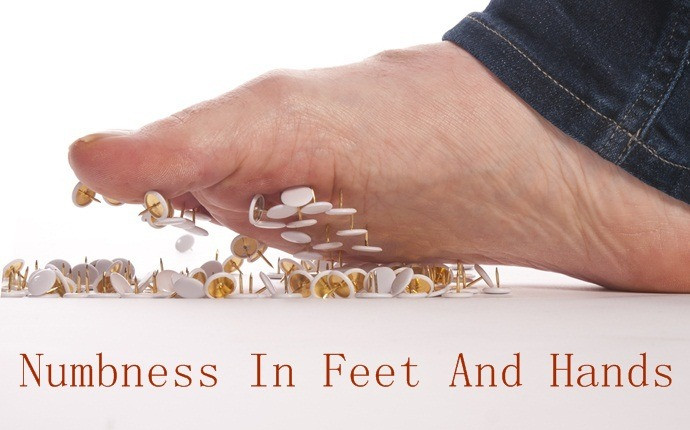
5 Signs of High Cholesterol: Listen to Your Body
High cholesterol is a silent killer that affects millions of people worldwide. It is a condition where the levels of cholesterol in your blood exceed the recommended range, increasing your risk of heart diseases. Many people are unaware that they have high cholesterol until they have a heart attack or stroke. It's essential to listen to your body and know the early warning signs that indicate high cholesterol levels. In this post, we will discuss the 5 common signs of high cholesterol that you must be aware of.
Yellowish Deposits on Skin: If you notice yellow patches on your skin, especially around your eyes or fingers, it could be a sign of high cholesterol. These deposits, also known as xanthomas, are a result of accumulated cholesterol under the skin. Don't ignore them, as they may lead to heart problems.
Chest Pain: Chest pain or tightness can be a sign of high cholesterol, especially when it occurs during physical activity or stress. It is an indication that the arteries supplying blood to your heart have narrowed, making it difficult for blood to flow. Seek medical help to rule out any underlying heart condition.
Breathlessness: If you experience shortness of breath, especially during exercise, it could be due to high cholesterol levels. When cholesterol accumulates in the arteries, it affects the oxygen flow to your lungs and makes it difficult for you to breathe. Speak to your doctor and get your cholesterol levels checked.
Frequent Headaches: Research has shown that high cholesterol levels can cause frequent headaches, especially migraines. The blockage of blood flow to the brain due to cholesterol buildup can trigger headaches. If your headaches are persistent and severe, consult your doctor.
Numbness and Tingling: High cholesterol levels can also cause numbness and tingling in your hands and feet. The accumulation of cholesterol in your blood vessels affects the blood flow to your limbs, causing numbness and tingling. Speak to your doctor and get a cholesterol test done to know the cause.
High cholesterol is a health condition that should not be ignored. If you experience any of the above symptoms or if you're at risk of high cholesterol, consult with a doctor as soon as possible. Prevention starts with awareness, and by learning the 5 early warning signs of high cholesterol, you can take action before it's too late. Take control of your health, listen to your body, and protect your heart by getting your cholesterol levels checked regularly.
Here’s the link to what I use to support my cardiovascular system.
Join our 'Healthy Living Beyond 40' community today, and unlock the secrets to thriving in your middle years with expert advice, supportive peers, and actionable strategies for balancing hormones and maintaining a healthy weight. Join the group here: https://bit.ly/48uQP0Z
Oh by the way, I have a program where we lose 7-15 pounds and reduce inflammation in just 11 days. Inflammation is one of the main reasons we get age related diseases, including high cholesterol! Grab the info here: https://bit.ly/42ecgBJ
Get my free guide “Anti _Inflammatory Guide - foods to avoid, foods to enjoy!”
Disclaimer: The information in this article is for educational purposes only and should not be considered medical advice. Please consult with a healthcare professional before making any changes to your diet or lifestyle.


